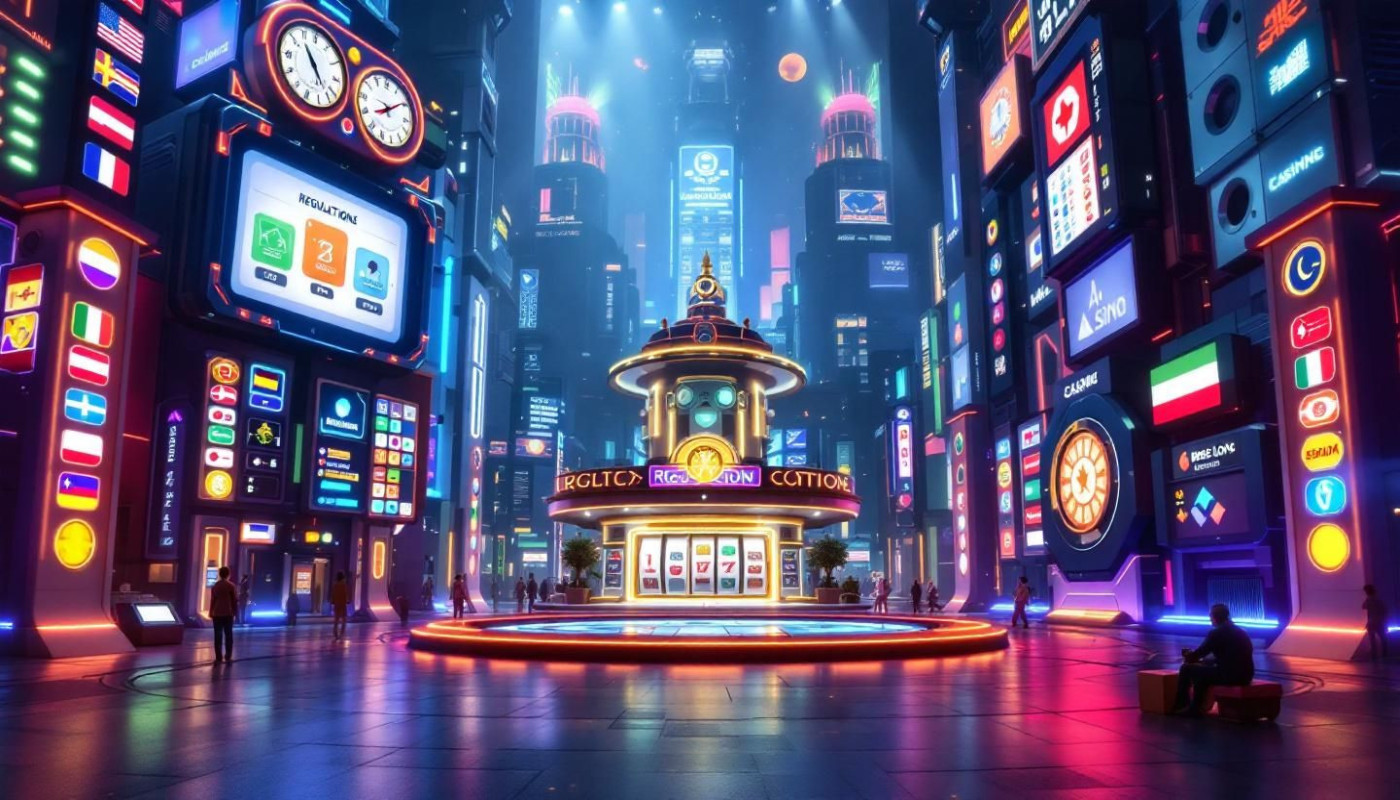Table of contents
Imagine a kaleidoscope of colors illuminating walls and ceilings, casting vibrant patterns that dance with the daylight. This is the enchanting world of stained glass, an art form that has been beautifying spaces and captivating onlookers for centuries. In the charming city of Harrisonburg, this tradition continues to thrive, harmoniously blending historic craftsmanship with contemporary design. Embark on a journey through this locale’s rich tapestry of stained glass, where each piece tells a unique story and reflects the community’s identity. Dive deep into the process, from conception to installation, and discover how these glass marvels are curated. Uncover the significance of stained glass in architecture and its profound impact on cultural heritage. This exploration promises to offer a window into the soul of the city, inviting you to appreciate the meticulous art and its local artisans. Revel in the beauty and history of Harrisonburg's stained glass, a testament to human creativity and resilience.
The History and Evolution of Stained Glass in Harrisonburg
Stained glass has long been a significant facet of Harrisonburg's artistic heritage, with its history entrenched in the sacred windows of local churches. The journey of this colorful medium extends back to when religious institutions first harnessed light and glass to tell spiritual narratives. These early examples of "leadlight" or stained glass were not merely decorations but served as visual sermons for the congregations. Over time, Harrisonburg art has seen a transformation in the use of stained glass, from its spiritual beginnings to a broader aesthetic application in a variety of public and private spaces. Glassmaking techniques have equally undergone a renaissance, adapting to new styles and artistic demands. The transition from classic to contemporary designs reflects a wider trend in the region's cultural expression, with modern stained glass applications showcasing innovative patterns and an expanded palette that diverge from traditional ecclesiastical iconography. This change mirrors the city's growth and the evolving tastes of its residents, marking stained glass not only as a relic of the past but also as a vibrant part of Harrisonburg's ongoing artistic evolution.
Mastering the Craft: Techniques and Materials
The art of stained glass creation is a meticulous and exacting process that marries beauty with technical precision. It begins with an initial design, often a detailed sketch that serves as a blueprint for the vibrant tableau to come. Selecting the right types of glass is paramount, as each piece must transmit just the right hue and intensity of light. From opalescent to cathedral and from textured to streaky, each variety contributes distinct qualities to the final work.
In connecting these pieces of glass, artisans employ cames, which are slender, grooved strips of lead or other metals. Glass cutting techniques require a steady hand and a discerning eye. Each curve and angle must be scored with exactitude before being carefully broken along the intended line. Artisans often paint details onto the glass, a process that demands an expert understanding of how pigments will react during firing. During the assembly process, each shard is nestled securely within the cames, and the entire matrix is soldered together, ensuring durability and the distinctive look of traditional stained glass.
Stained glass materials, chosen for both their aesthetic and functional properties, are what give these artworks their lasting legacy. The artisan skills involved in this craft are honed over years of practice, evidence of the creators' dedication to their art form. The final installation of a stained glass panel is not merely the placement of an object, but the culmination of countless hours of design, cutting, painting, and assembly—a true testament to the local artistry of Harrisonburg's artisans.
Stained Glass as a Cultural Beacon
The vibrancy and allure of stained glass have long been woven into the fabric of Harrisonburg’s cultural identity, serving as a beacon of artistic expression and community pride. The cultural significance of these luminescent artworks is evident throughout the city's public and private spaces, where they not only enhance the aesthetic ambiance but also reflect the community's values and shared history. Stained glass storytelling is particularly potent in Harrisonburg, where the themes and iconography depicted often encapsulate local narratives and natural beauty, resonating deeply with residents and visitors alike.
In Harrisonburg, stained glass is more than mere decoration; it is a medium through which the city's local identity is both preserved and celebrated. Whether adorning historic churches, public buildings, or educational institutions, these glass panes speak volumes about the city's heritage and aspirations. The interplay of light and color breathes life into each piece, inviting onlookers to pause and contemplate the stories held within their intricate designs. For those entrenched in the stained glass community, be they cultural anthropologists or local artists, the power of these works lies not just in their visual impact but in their ability to forge a sense of belonging and continuity within the fabric of the community.
Innovations in Stained Glass Artistry
The world of stained glass in Harrisonburg has seen a remarkable metamorphosis, driven by a wave of creative innovation. Artists are experimenting with new techniques, integrating sustainable materials, and embracing the fusion of technology with traditional art forms. Among these advancements, thermoforming stands out as a technical term that encapsulates the transformative process where glass is molded using heat, yielding unique sculptural effects.
Contemporary design in stained glass now often includes the application of technology in art, such as LED lighting to enhance the luminosity and vibrancy of the pieces. This interplay between light and glass adds a dynamic dimension to installations, capturing the attention of onlookers with mesmerizing visuals. The future of stained glass in the community looks to be shaped by the careful balance between honoring the heritage of the medium and pushing forward into new realms of possibility.
Local artisans are not just content with maintaining the status quo; instead, they are marked by their bold strides in stained glass innovation. With an increased awareness of environmental concerns, these artists are also utilizing recycled glass and eco-friendly lead alternatives, thus paving the way for a more sustainable practice. To see the finest examples of these innovative efforts in stained glass, one might go here to explore galleries and exhibitions that showcase the evolving craft in Harrisonburg. These developments herald an exciting chapter for aficionados and practitioners alike, as they continue to redefine the boundaries and expectations of stained glass art.
Preserving the Legacy: Restoration and Conservation
The meticulous art of stained glass restoration is an endeavor steeped in the dedication to historical preservation. In Harrisonburg, conservators engage in intricate conservation practices to ensure that the vibrant legacy of the town's stained glass is bequeathed to future generations. The challenge in these efforts lies in maintaining the original aesthetic and structural integrity of works that have endured the test of time. Each project demands a nuanced approach, considering the unique composition and historical context of the glasswork in question. Maintenance techniques range from cleaning and repairing the lead cames to full-scale restoration, which may include the application of isothermal glazing—a technique that offers protective benefits while preserving the visual characteristics of the original piece. The role of professionals in this field is paramount; their expertise in handling the delicate balance between preservation and functionality ensures that Harrisonburg's historical pieces continue to shine with their intended splendor. Key to these efforts is an understanding that the work they do is not just about repair, but about safeguarding a legacy preservation that is embedded within the colorful panes of the town's storied buildings.
Similar

Maximizing Wins In High-Stakes 3D Road-Crossing Games

Exploring The Impact Of Regulatory Changes On Non-UK Casinos

Strategies For Maximizing Your In-Game Currency Collection

Exploring Timeless Fashion Trends For A Modern Lifestyle

Understanding Security Measures In Online Gaming Platforms

How To Play Online Games On Various Devices Seamlessly

Exploring The Features And Benefits Of Online Sports Betting Platforms

Exploring The Impact Of Generous Bonuses On Online Gambling Success

Exploring The Thrills Of Online Casinos And Sports Betting Platforms

Exploring Innovative Digital Marketing Strategies For Growing Your Online Presence

Exploring The Impact Of Traditional Japanese Crafts On Modern Design

The Future Of Online Gambling In Australia

Choosing The Right Withdrawal Methods For Your Online Casino Winnings

Strategies To Improve Your Chances At Online Roulette

The Psychological Edge: Playing High-Risk Casino Games Responsibly

Strategies To Master Your Skills In Online Crash Games

Comparative Analysis Of Betting Platforms For Draw No Bet Options

Exploring The Excitement Of Live Dealer Board Game Shows: Strategies, Tips, And How To Maximize Your Winnings

Cyprus Villas As Investment Properties: An Overview Of Rental Income Potential

